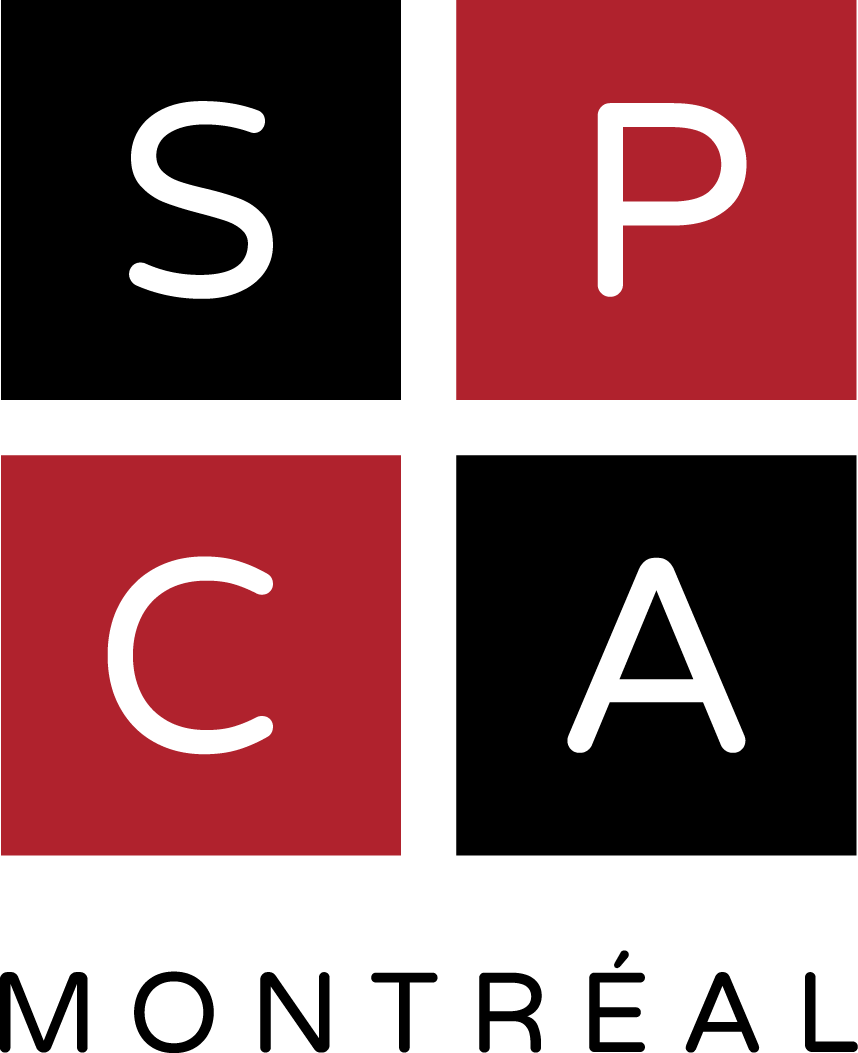Since January 1, 2020, electric collars and choke chains (with or without spikes) are prohibited in Montreal under the new By-law concerning domestic animals. Already banned in several countries, including Switzerland, Denmark and Sweden, these accessories apply punitive training methods and can harm animals’ mental and physical health. The Montreal SPCA therefore salutes the City’s initiative, which represents a major step forward for dog welfare.
Curious by nature, dogs like to explore their environments. They have a hard time understanding why they must walk next to their humans much slower than their natural pace! Gentle, positive and even pleasurable methods that don’t cause stress or pain will teach our canine friends not to tug on their leashes and help us build trusting relationship with our dogs.
Using an effective harness
Harnesses come in several models that clip either to your dog’s chest or back. The important thing is to choose a harness adapted to your furry friend. Although any harness or halter will comply with the Montreal by-law, the Montreal SPCA strongly recommends using a front-clip harness for dogs weighing 20 kg or more. Since it reduces their pulling power, this type of harness will allow you to better control of your dog’s movements when you’re out walking together.
Focusing on the positive
In addition to a front-clip harness, positive reinforcement can significantly improve your experience when out walking your dog on a leash. It’s simple: reward your canine friend (for example, with a treat) for a desired behaviour.
This is just a shift in perspective! Instead of focusing on the behaviours you don’t appreciate in your animal companion (leash pulling, jumping on guests, chewing on shoes, etc.), you encourage the desirable behaviours you want them to repeat (walking close to you, sitting down when guests arrive, chewing their doggy toys, etc.). When good behaviours are rewarded as soon as they occur, they are more likely to happen again.
You can use positive reinforcement when walking or whenever your dog stays close and there is no tension on the leash. It’s also a good way to teach them to look at you on command, since when a “magic word” is associated with a treat, your dog will quickly learn that the command is followed by pleasure. You can then use this command to disengage them from common distractions, like a squirrel, a cat or another dog!
Enriching the home environment
If you want to be able to walk with your leashed companion at an enjoyable pace, you must first and foremost meet their energy needs. A dog that walks only in the morning and again in the evening is likely to overflow with excitement, and so pull on their leash, of course! By enriching their environment—for instance, by hiding their kibble around the house instead of serving a whole meal at once—your animal will already be expending some of their energy, which will in turn keep them calmer during walks. As the saying goes, “A tired dog is a good dog”!
Interested in ideas for enriching your animal’s daily life? Read our article Ten Games to Keep Your Dog Busy.
Many studies have shown the effects of positive reinforcement in dog training. The Montreal SPCA hopes that this approach will become the norm and that punitive tools, such as electric collars and choke chains, will soon be banned throughout Quebec and Canada.







